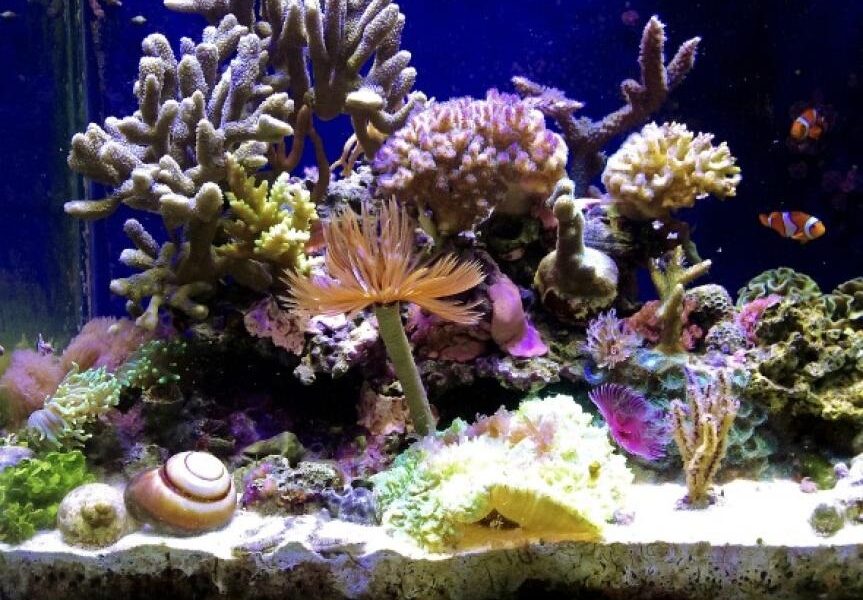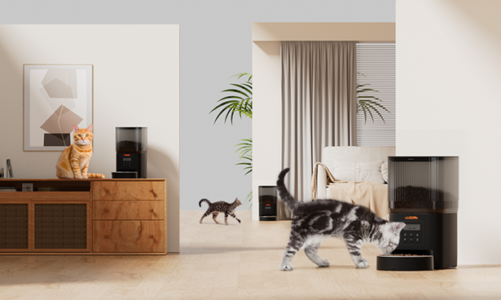Introduction –
Grape corals are easy to keep, colourful, and capable of rapid growth under the right conditions. Additionally, it is quite captivating to watch their tentacles move in the water. The capacity to preserve grape corals is yet another excellent feature. Corals that aren’t afraid of being stung or killed by each other in close proximity. Hammers, frogspawns, anchors, and octo-spawns all get along well. Because they have stronger tentacles that sting, torch corals require a little bit more space. These stunning grape corals are frequently overlooked due to the most recent hobby trends that favour zoanthids, and limited-edition small polyp stony corals. The good thing about this pattern is that, for the most part, a lot of brilliantly coloured frogspawn, light, or mallet coral costs the same as a small watermelon cup fragment or a single polyp of a named zoanthid or something else.
Colourful Corals and their Prices –
Acropora are also available for purchase, as are colourful corals. Therefore, purchase a variety of corals now, including Acropora coral. For more information, go to the link mentioned earlier. The most common colours are green corals with brown tips or brown corals with green tips. The prices for both of these colours are extremely low. Some of the more exotic colours—gold, neon green, neon orange, and neon purple—will still be very affordable, despite their higher prices. The gold torch, the poisonous green hammer, the bi-colour frogspawn, and the newly introduced neon orange hammer are all exotic morphs. Most grape corals can thrive in water with moderate movement and light. Due to its grain size, special grade corals are the most widely used dry sand for reef tanks with a lot of water flow. It is large enough to not be constantly moved by the currents while remaining small enough to preserve the reef’s aesthetic.
Corals Grow in Their Tentacles –
When aqua scaping a tank with a lot of grape corals or other coral species, keep in mind that these corals grow as their tentacles fill with water and get bigger. A single fragment may only be half inches in diameter when sealed in the bag. However, it will soon reach six inches or more as it adjusts and begins to grow. The open aquascape may quickly become crowded and run out of space if a few beans plants are placed in a single tank. Utilize rocks with numerous nooks, crannies, and crevices to construct simple structures that effectively anchor the corals and conceal any exposed skeletal structure.
Stick the Corals in One Place –
As the corals grow, they will fill in the space. If it isn’t covered in rocks, it will look much more natural. Grape coral won’t encrust the rocks like small polyp stony corals do, so you should always use something to stick to hold them in place. The fact that they only produce a top-heavy coral is yet another reason to protect them. From the top down, they grow. Because it comes in a variety of sizes, shapes, and kits, Caribbean life rock is a great option for any aquascape. In addition, this rock looks great right out of the box and can be easily shaped into any shape you can think of. To ensure sufficient water movement throughout the display, you may need to use a powerhead in addition to your return pump. The goal is to move the tentacles along with the current without suffocating them with force.




